ADVERTISEMENT
City - Haiti Observer Blog
City, Haiti Observer Blog. Read the following articles about City
The Beauty Of The Town Of Savanette
Haiti's Lascahobas Arrondisement is comprised of several cities and towns, one of which is Savanette. Among the best things about Savanette, which has two communes, is its clean surroundings and natural abundance.
When you are in Savanette, you can see green hills that give more life to the town and make it attractive. These green hills are not the only things to expect in the town, which also have a very clear river that sends water down the valley. The clarity of the water is a beauty to behold. Not only that, it actually benefits the 33,000 people living in the town. Because the water is clean and clear, a swimming spot has been built in the area. People go to the Basin Lounge to swim in the cool waters. Moreover, a non-government organization built a well near the area to provide easier access to clean water. With this, residents no longer have to spend 2 hours to fetch some clean water. They can already get it without having to travel far.
How the City Of Belladere was Establishment
If not for former Haiti President Durmasais Estime, the city of Belladere would not probably exist now. Estime was instrumental in forming the city in 1948, when it became an established city in the Lascahobas Arrondisement. Belladere is composed of three communes namely Riaribes, Mathe-Renthe and Riaribes.
What some people do not know is that the city of Belladere has Spanish roots. As a matter of fact, its name is coined from a Spanish word meaning "to guard" or "to post." The city also bridges Haiti and the Dominican Republic as it lies near the border of the Dominican city of Elias Pina. People pass this border to get to the neighboring city, where they look for jobs.
The Town of Verrettes an Example of Sustainable Farming in Haiti
Verrettes is a city-ship that is part of the Saint-Marc Arrondissement. Like Saint-Michel-de-l'Atalaye, Verrettes has not experienced the fractious political climate that has besieged other cities in Haiti. Very little crime happens there, and the cultural life of the city centers around the downtown music scene.
Economically, Verrettes is self-sustaining, obtaining its produce and meat products from family-owned farms in the countryside. The city's business elite run small- and mid-scale businesses in town, while residing just outside the business district.
Of chief importance to the people of Verrettes is education. All inhabitants of the city, rich or poor, ensure their children receive schooling. Verrettes education system instructs children at the kindergarten, elementary, secondary, and post-secondary levels. Wealthier residents of the city have their children attend private schools in Port-au-Prince.
The Town of Thomassique
Thomassique is a city-ship of the Cerca la Source Arrondissement, part of Centre Division of Haiti. As a rural area with a population of 42,557, its resources are challenged, especially with regard to clean drinking water.
Since the 2010 earthquake toppled the infrastructure of Haiti, lack of purified drinking water has been a pressing issue. Dust, debris, and sewage from the fallout of the quake entered the water systems over much of the country, causing high rates of cholera among populations. Symptoms of cholera: dehydration, diarrhea, vomiting, and cramping, if not treated quickly, can lead to coma and death.
Thomassique has two water sources to draw from: a river nearby and water pumped through a delivery system from Cerca la Source. The water is impure and contains poisonous levels of cholera bacteria.
The Haitian Town of Thomonde
Thomonde, part of the Hinche Arrondissement, rests in the Central Plateau of Haiti. Ruled over by a city council and mayor, it has a population of 4,000, with French and Creole its official languages. A Catholic community, its population celebrates the feast day of its patron saint, Saint Joseph, in March of every year.
Agricultural farming predominates, and farmers grow crops of bananas, mangoes, coffee, and tobacco. Some farmers are beekeepers. Residents depend on donkeys and horses for transportation.
To strengthen the town's infrastructure, the Thomonde city council has partnered with the Border Development Commission to fund an $8 million project. The goal is to build greenhouses that will house plant varieties indigenous to the region. Deforestation has left large acreages of land barren and disrupted the ecosystem. Plant cultivation for use in reforestation efforts, plus tree seedlings that have already been put into the ground, will strengthen agriculture production in these areas.
Saint-Michel-de-l'Atalaye an Example of Haiti's Potential
In Haiti, there exists no city more sublimely beautiful than Saint-Michel-de-l'Atalaye. Also known by the Creole place-name, Sen Michèl Latalay, its tropical topography of sweeping mountain ranges, lush farming tracts, and plentiful water sources is home to 130,000 residents. The neighboring towns of Marmelade, Ennery, and Maissade
surround it.
In addition to its enormous physical appeal and access to water resources, Saint-Michel-de-l'Atalaye has the advantage of lying outside the earthquake fault-line that curses geographically inferior Port-au-Prince. In another unflattering comparison to Port-au-Prince, Saint-Michel-de-l'Atalaye boasts a superior education system that is privately supported.
Agriculture, the back-bone of Haiti's economy, is strong in Saint-Michel-de-l'Atalaye. Farmers produce rice, mangoes, sugarcane, various types of vegetables, and other crops on verdant plots of acreage.
The City of Hinche in Haiti
Hinche, capital city of Centre division, has 50,000 residents, most of whom are African from the Republic of Congo. Hinche has established Catholicism as its designated religion, but people are free to worship as they choose. As elsewhere in Haiti, a small segment of the population are Voodoo believers.
Hinche residents enjoy French-Creole food, standard items like jerked beef and lobster, fare that is on Caribbean plates everywhere. Hinche's variable climates yield a bounty of tropical fruits and vegetables. A full-flavored and sweet coffee indigenous to Hinche is paired with the region's Barbancourt rum.
La Chapelle a Strong Catholic Community in Haiti
La Chapelle, known in Creole as Lachapèl, operates as a city-ship in the Saint Marc Arrondissement, in the Artibonite Division. Other city-ships in the Artibonite Division include Verrettes and Saint Marc.
La Chapelle is situated southward from the Atlantic Ocean, indistinguishable in its aquamarine jewel-toned beauty from the Caribbean Sea, only a few miles west of La Chapelle. Gonaïves is the closest city to La Chapelle, while Cap Haïtien and Port-au-Prince lie further out.
As Haiti is largely Catholic, it is no surprise Catholicism is the dominant religion in La Chapelle, with a minority of Protestants and Voodoo believers. Residents of La Chapelle worship at Saint John, an Evangelical Roman Catholic Church, the church being the focal point of the religious community. Voodoo believers practice their own rites, with aspects of Catholicism incorporated into their rituals.
The Town of Lascahobas in Haiti
Lascahobas, situated amid the Central Plateau of Haiti, is a second-tier administrative division, and the Lascahobas Arrondissement capital. It has a population of 41,716 and sits one hour westward from the Haiti-Dominican Republic border. Three sub-divisions make up Lascahobas: Little Background, Hoye, and Juampas.
Agriculture dominates the economy in Lascahobas. Local farmers produce coffee, sisal, tobacco, and sugar. Sold at the busy town market, the purchase of these products keeps commerce a vital force in the community. A primary reason agriculture booms in this town is the Lascahobas River, which irrigates farmland.
The Catholic Church, Saint Gabriel, operates the Lascahobas Hospital with the financial assistance of Friends of the Children of Lascahobas. Based in the U.S., it is a non-government organization dedicated to reducing high rates of starvation, illiteracy, and health problems of residents. Lascahobas's population is predominantly Catholic, but it also has many believers of Voodoo. They frequently hold festivals throughout the year in the foothills.
Maissade, a Rural Community of Haiti
Maissade, known in Creole as Mayisad, is a city-ship in the Hinche Arrondissement, part of Centre Division in Haiti. It is a rural area with a population of 43,138. Maïssade's central location positions it as a portal town to many of the port-, sea- and mountain-side villages peppered throughout this centralized region. Business travelers find Maïssade a convenient drop-off point from where they can range in a multitude of directions to neighboring villages.
Haiti is serious about attracting private investment to the island, and has made many concessions to make starting businesses in the country easier. Haitian government organizations partnering with entities like the Inter-American Development Bank are educating private investors about development opportunities in Haiti. The investment management teams of these companies accompany investors to seminars and forums, designed to acquaint them with projects currently being developed for investment purposes.
Our objective is to share with you news and information about Haiti and the people of Haiti. Traditions, habits and the way we were or grew are alive in this site. We highly recommend that you Subscribe to our Newsletter and also share with us some of the things that are memorable and made us unique people.

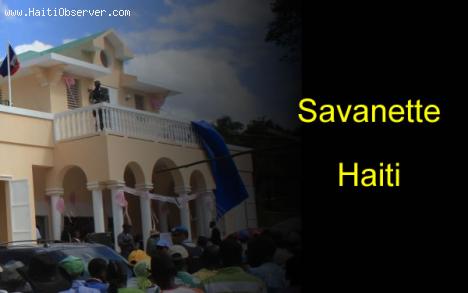
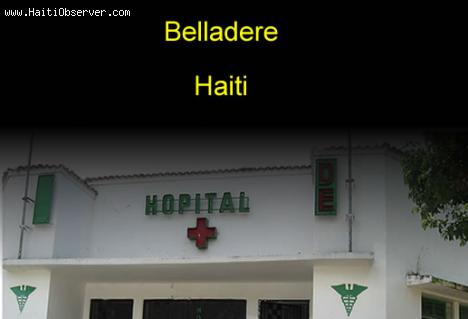
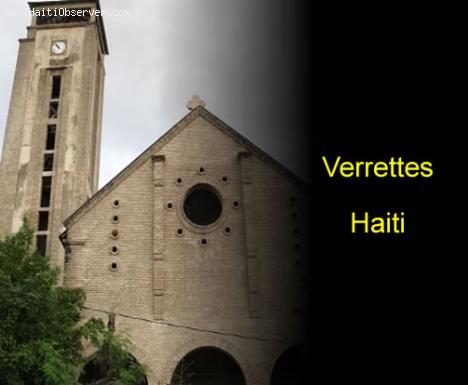
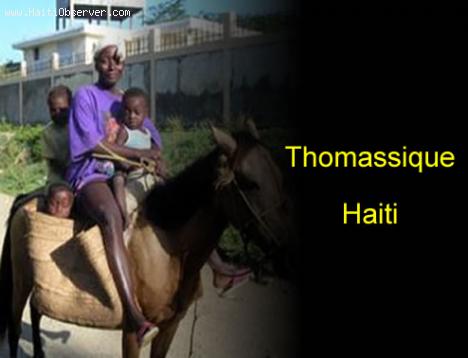
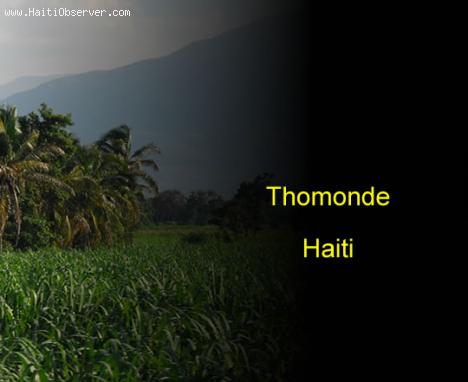
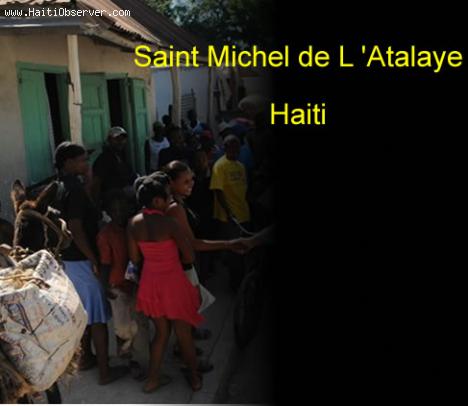
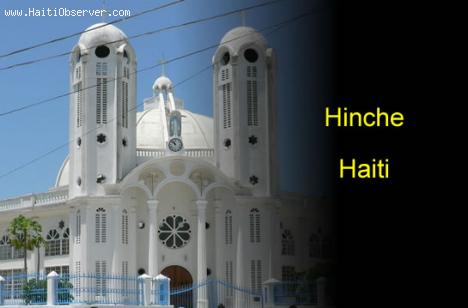
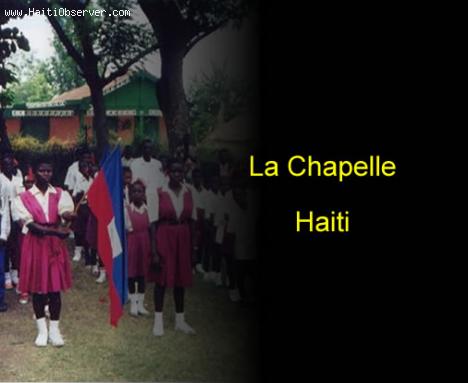
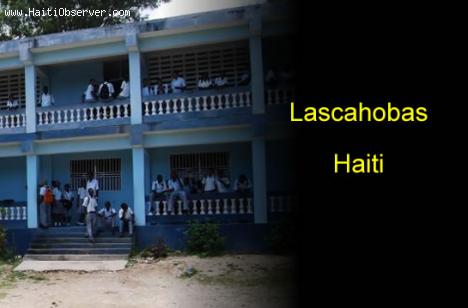
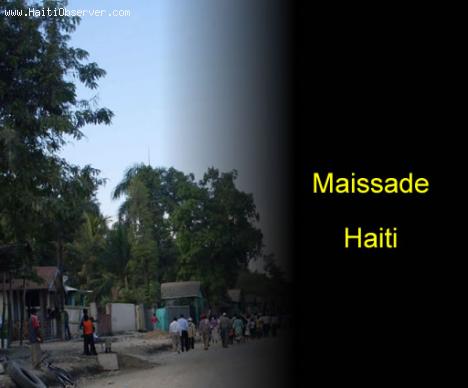
 Haiti tech Summit
Haiti tech Summit 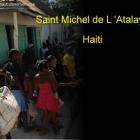 Saint Michel de L 'Atalaye
Saint Michel de L 'Atalaye  Informative Marketing and Advertising in the Haitian Community
Informative Marketing and Advertising in the Haitian Community 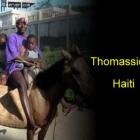 Thomassique, Haiti
Thomassique, Haiti 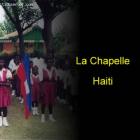 La Chapelle, Haiti
La Chapelle, Haiti